Search
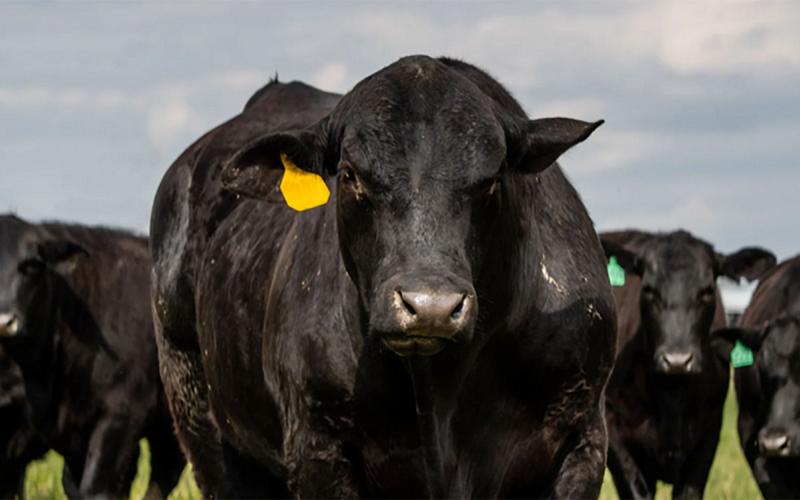
Trichomoniasis: A Tricky Cause of Reproductive Failure in Beef Cattle
Trichomoniasis in cattle is caused by a protozoal organism that lives indefinitely in the sheath of infected bulls. Once transmitted to a cow or heifer, it causes an inflammation in the female reproductive tract that results in the eventual loss of the pregnancy.
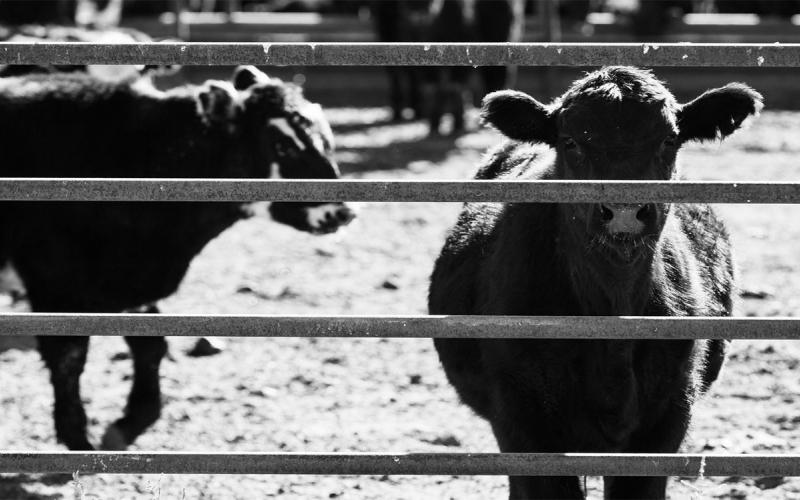
Cull Cows and Trichomoniasis
With increasing amounts of cows being sold at the sale barn with reproductive years left, there are some precautions to be aware of prior to bringing females home to re-breed.
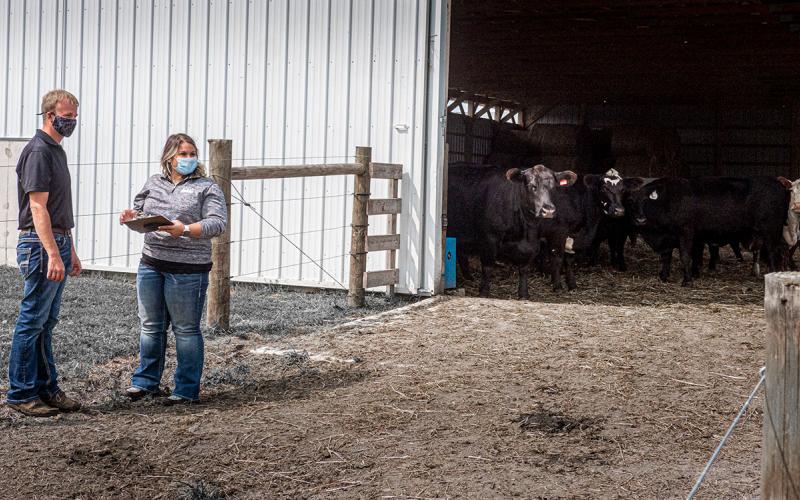
Biosecurity for Beef Cow-Calf Operations: Managing the Entry of New Animals
Infectious disease can impact cow-calf operations in dramatic ways. These steps should be considered the minimum standards for introducing new animals into cow-calf operations to avoid the spread of infectious disease.
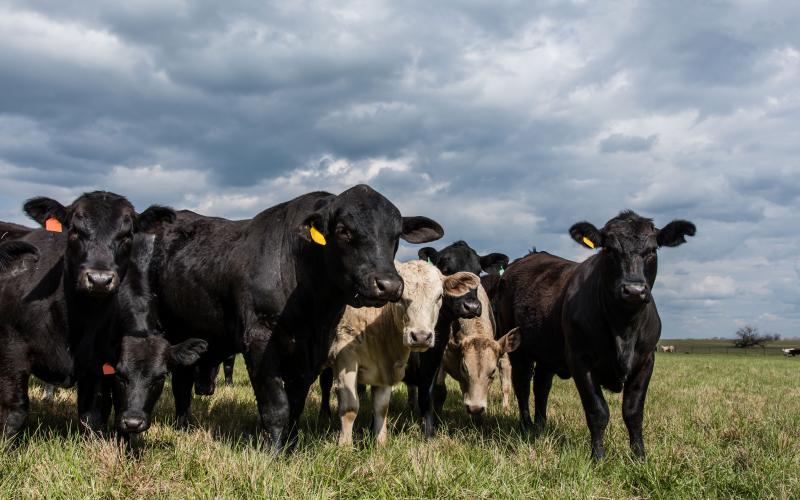
Ensure Herd Bulls Are Ready for the Upcoming Breeding
Percent of calf crop weaned on any operation is the single largest factor influencing profitability. Subsequently, herd bulls influence herd fertility more than any other single animal.
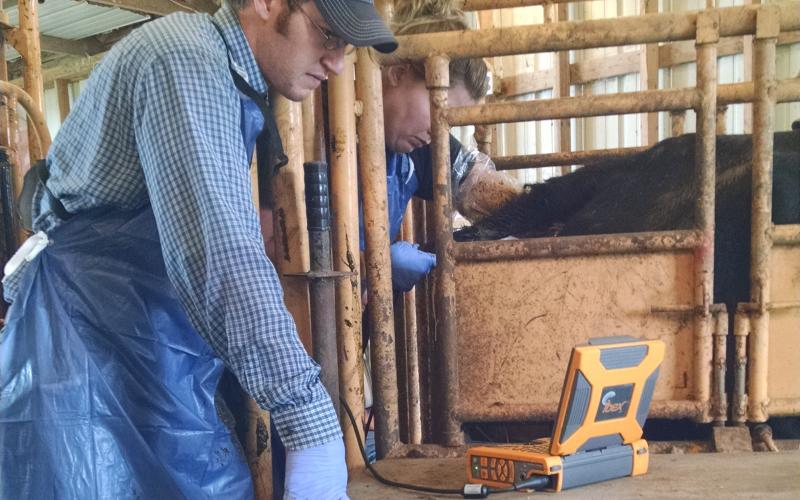
Putting the Preg Check Results to Work
Pregnancy check day is one of the most important days on the ranch as it is the day when we find out what cows are pregnant and how many calves we can expect come calving season. So now that the veterinarian has left the yard and the open cows are sorted off, what’s next?
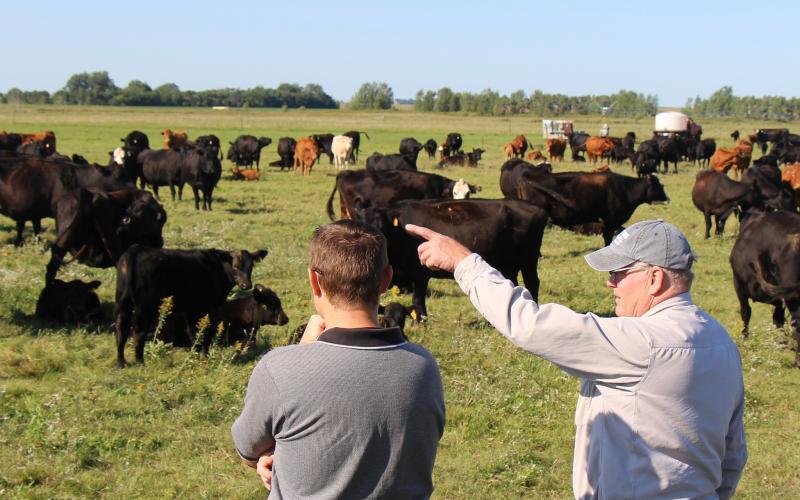
Observing Bulls at Pasture
Checking cows is a daily activity during the summer which becomes even more important once the bulls have been turned out to begin the breeding season. Why? If a bull isn’t doing his job or if he gets injured while on the job, there needs to be a plan B because at the end of the day cows still need to bred.
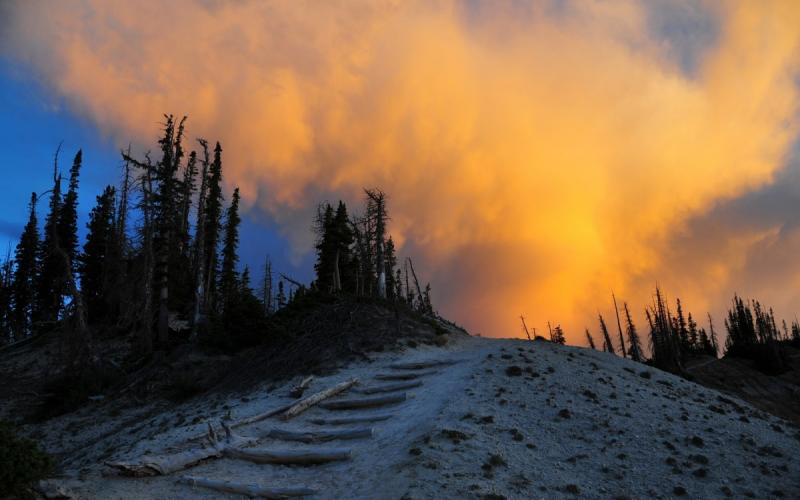
Wildfire Aftermath: Beef Cattle Health Considerations
Smoke inhalation, burns and thermal injury, exertion, stress, and injuries suffered during escape can all cause longer-term effects on cattle that have survived wildfires or building fires.